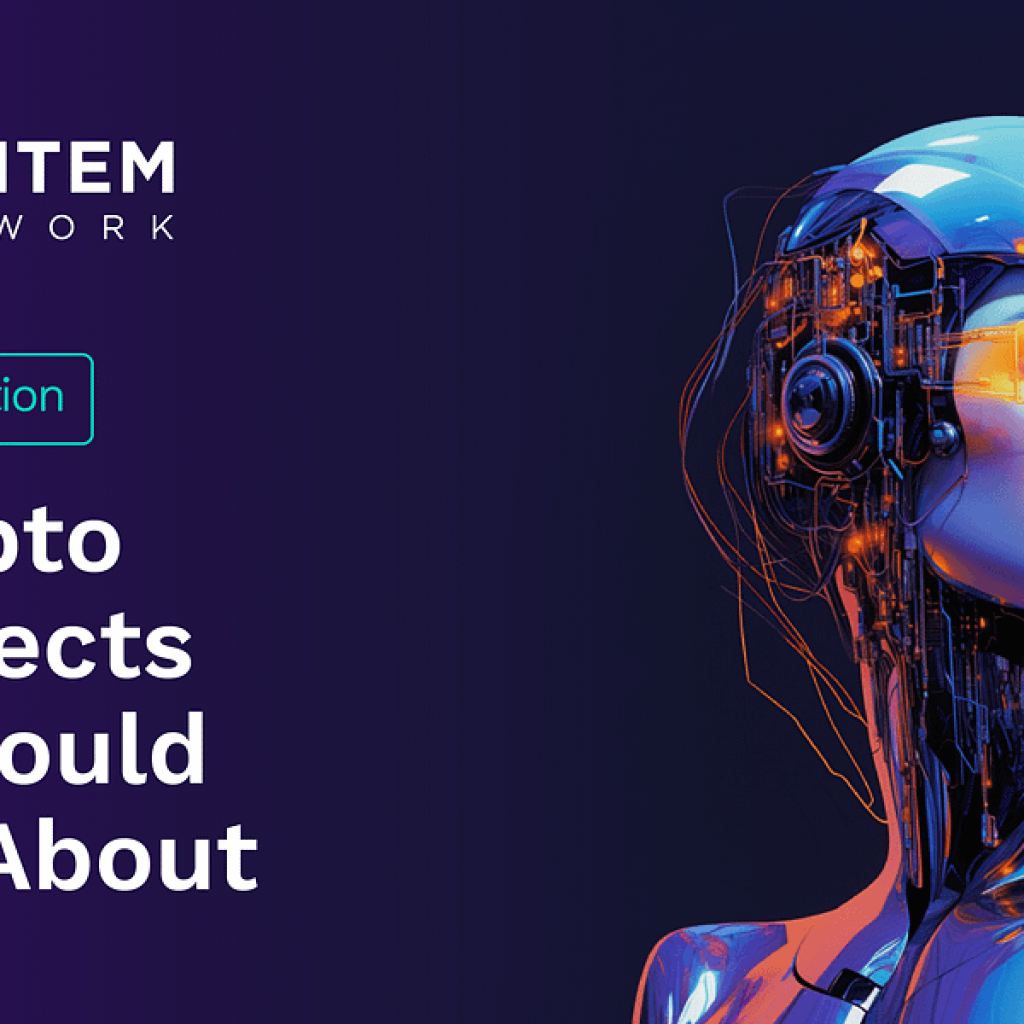In a strategic move to bolster their generative artificial intelligence (AI) endeavors, major Chinese tech giants are making substantial investments in high-performance Nvidia graphics processing units (GPUs). Baidu, ByteDance, Tencent, and Alibaba have collectively placed orders for $1 billion worth of A800 GPUs from Nvidia, with delivery scheduled for later this year. The companies have also committed to purchasing an additional $4 billion worth of Nvidia GPUs, set to be delivered in 2024, signaling their strong commitment to pushing the boundaries of AI innovation.
Empowering generative AI with Nvidia’s computational power
The significance of Nvidia’s GPUs in fueling the development of Large Language Models (LLMs) and generative AI products cannot be overstated. These GPUs are renowned for their exceptional computational capabilities and parallel processing prowess, making them the go-to choice for companies embarking on ambitious AI projects. As the demand for more advanced and intricate AI applications grows, the role of powerful GPUs in training these models becomes increasingly pivotal.
Navigating export controls with A800 GPU
The A800 GPU, a viable alternative to the A100 GPU, has emerged as a strategic response to the export controls imposed by the US Department of Commerce. Inclusion of advanced chips, including the Nvidia A100, on the export control list to China prompted the development of the A800 GPU. This scaled-down iteration of the A100 serves to circumvent these export restrictions, ensuring that Chinese tech giants have access to cutting-edge GPU technology without being hindered by geopolitical trade dynamics.
Stiff competition spurs GPU acquisition
The race to pioneer state-of-the-art generative AI products has ignited fierce competition among technology companies. As they vie to craft AI solutions that can generate content, responses, and insights autonomously, securing an ample supply of GPUs emerges as a critical priority. The unparalleled computational efficiency of Nvidia’s GPUs grants companies a competitive edge in rapidly training and fine-tuning their AI models to deliver superior performance.
Leading players in the generative AI Arena
Alibaba, Baidu, ByteDance, and Tencent stand at the forefront of the generative AI revolution, each leveraging Nvidia’s GPUs to achieve their AI ambitions. Alibaba, for instance, has introduced its own Large Language Model named “Tongyi Qianwen,” which has been seamlessly integrated into the various applications under its expansive umbrella. Meanwhile, Baidu has rolled out its LLM, “Wenxin Yiyan,” showcasing its dedication to advancing AI-driven language capabilities. ByteDance, the parent company of popular social media platform TikTok, is making significant strides in the realm of generative AI, with projects like the AI chatbot codenamed “Grace” undergoing rigorous internal testing.
ByteDance’s impressive GPU stockpile
ByteDance’s commitment to AI innovation is underscored by its substantial investment in Nvidia GPUs. The company has reportedly amassed a stockpile of over 10,000 Nvidia GPUs to bolster its AI initiatives. Furthermore, ByteDance’s forward-looking approach is evident as it has placed orders for nearly 70,000 A800 chips, worth approximately $700 million, with delivery slated for the upcoming year. These substantial investments signal ByteDance’s determination to lead the industry in pushing the boundaries of generative AI technology.
Chinese tech giants are aggressively investing in Nvidia GPUs to fuel their generative AI endeavors. The strategic orders placed by Baidu, ByteDance, Tencent, and Alibaba emphasize the critical role of high-performance GPUs in advancing AI innovation. These companies are navigating export controls by embracing the A800 GPU, a tailored solution to circumvent restrictions and ensure access to cutting-edge technology. With AI competition intensifying, the strategic acquisition of GPUs provides these tech giants with the tools to develop groundbreaking generative AI products, setting the stage for the future of AI-driven innovation.




